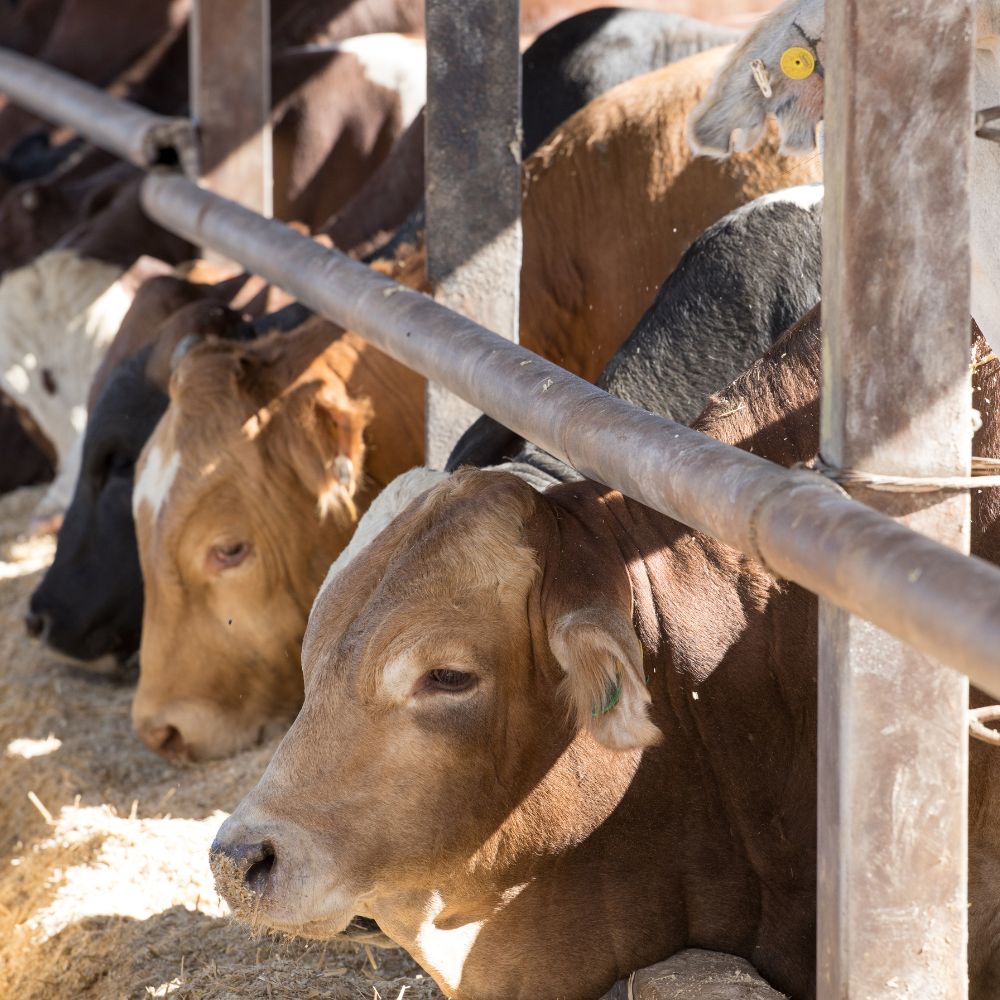Professional Support: Bagley Risk Management Approaches
Professional Support: Bagley Risk Management Approaches
Blog Article
Comprehending Animals Threat Defense (LRP) Insurance Coverage: A Comprehensive Guide
Browsing the realm of livestock danger defense (LRP) insurance can be a complicated undertaking for numerous in the farming industry. From how LRP insurance coverage functions to the various coverage options readily available, there is much to reveal in this extensive guide that can possibly shape the way livestock manufacturers approach risk management in their services.
Exactly How LRP Insurance Coverage Functions
Sometimes, recognizing the mechanics of Animals Danger Defense (LRP) insurance coverage can be complex, however damaging down just how it works can give quality for farmers and breeders. LRP insurance policy is a threat monitoring device developed to secure animals producers against unexpected price declines. It's vital to note that LRP insurance policy is not an earnings assurance; rather, it focuses entirely on price danger defense.
Qualification and Coverage Options

When it concerns coverage alternatives, LRP insurance coverage offers producers the flexibility to pick the coverage degree, protection period, and endorsements that best suit their threat administration demands. Insurance coverage levels commonly range from 70% to 100% of the anticipated ending value of the insured animals. Manufacturers can also select protection durations that straighten with their manufacturing cycle, whether they are guaranteeing feeder livestock, fed livestock, swine, or lamb. Recommendations such as price danger defense can better personalize insurance coverage to shield against adverse market changes. By understanding the qualification standards and coverage alternatives available, animals manufacturers can make informed choices to handle risk properly.
Pros and Cons of LRP Insurance Coverage
When examining Livestock Threat Defense (LRP) insurance coverage, it is necessary for animals producers to weigh the drawbacks and advantages integral in this danger management tool.

One of the primary advantages of LRP insurance coverage is its ability to offer protection against a decrease in animals rates. In addition, LRP insurance coverage provides a level of versatility, permitting manufacturers to personalize coverage degrees and plan periods to match their specific needs.
One constraint of LRP insurance coverage is that it does not safeguard versus all types of risks, such as condition break outs or natural calamities. It is crucial for manufacturers to carefully analyze their private threat direct exposure and financial scenario to figure out if LRP insurance coverage is the best danger monitoring device for their operation.
Comprehending LRP Insurance Policy Premiums

Tips for Making The Most Of LRP Perks
Maximizing the from this source benefits of Livestock Threat Security (LRP) insurance coverage requires tactical planning and aggressive threat management - Bagley Risk Management. To maximize your LRP coverage, consider the following ideas:
Routinely Examine Market Problems: Stay informed from this source regarding market fads and rate variations in the animals sector. By monitoring these aspects, you can make informed decisions about when to purchase LRP coverage to protect against potential losses.
Establish Realistic Coverage Degrees: When picking protection degrees, consider your production expenses, market price of livestock, and prospective threats - Bagley Risk Management. Setting sensible coverage degrees guarantees that you are adequately protected without paying too much for unneeded insurance coverage
Diversify Your Coverage: Instead of counting solely on LRP insurance, think about expanding your threat monitoring strategies. Integrating LRP with various other danger monitoring tools such as futures contracts or alternatives can give thorough protection versus market uncertainties.
Testimonial and Adjust Protection Routinely: As market problems change, periodically evaluate your LRP insurance coverage to guarantee it aligns with your existing risk direct exposure. Changing insurance coverage degrees and timing of acquisitions can help maximize your risk defense technique. By following these pointers, you can make the most of the benefits of LRP insurance and guard your animals operation against unpredicted threats.
Verdict
To conclude, animals threat security (LRP) insurance is a valuable device for farmers to take care of the monetary risks connected with their animals procedures. By understanding just how LRP functions, qualification and protection alternatives, along with the benefits and drawbacks of this insurance, farmers can make informed choices to secure their resources. By very carefully thinking about LRP costs and carrying out strategies to make the most of advantages, farmers can mitigate prospective losses and make sure the sustainability of their operations.
Livestock manufacturers interested in obtaining Animals Risk Defense (LRP) insurance coverage can discover an array of qualification standards and insurance coverage alternatives customized to their specific livestock operations.When it comes to coverage choices, LRP insurance coverage supplies manufacturers the versatility Visit Your URL to pick the coverage level, insurance coverage period, and endorsements that ideal fit their risk administration needs.To understand the complexities of Animals Risk Security (LRP) insurance policy fully, understanding the variables influencing LRP insurance policy premiums is critical. LRP insurance premiums are identified by various components, including the protection level chosen, the expected rate of livestock at the end of the protection duration, the kind of animals being insured, and the length of the insurance coverage duration.Review and Readjust Insurance Coverage Consistently: As market conditions alter, periodically assess your LRP coverage to ensure it straightens with your existing risk direct exposure.
Report this page